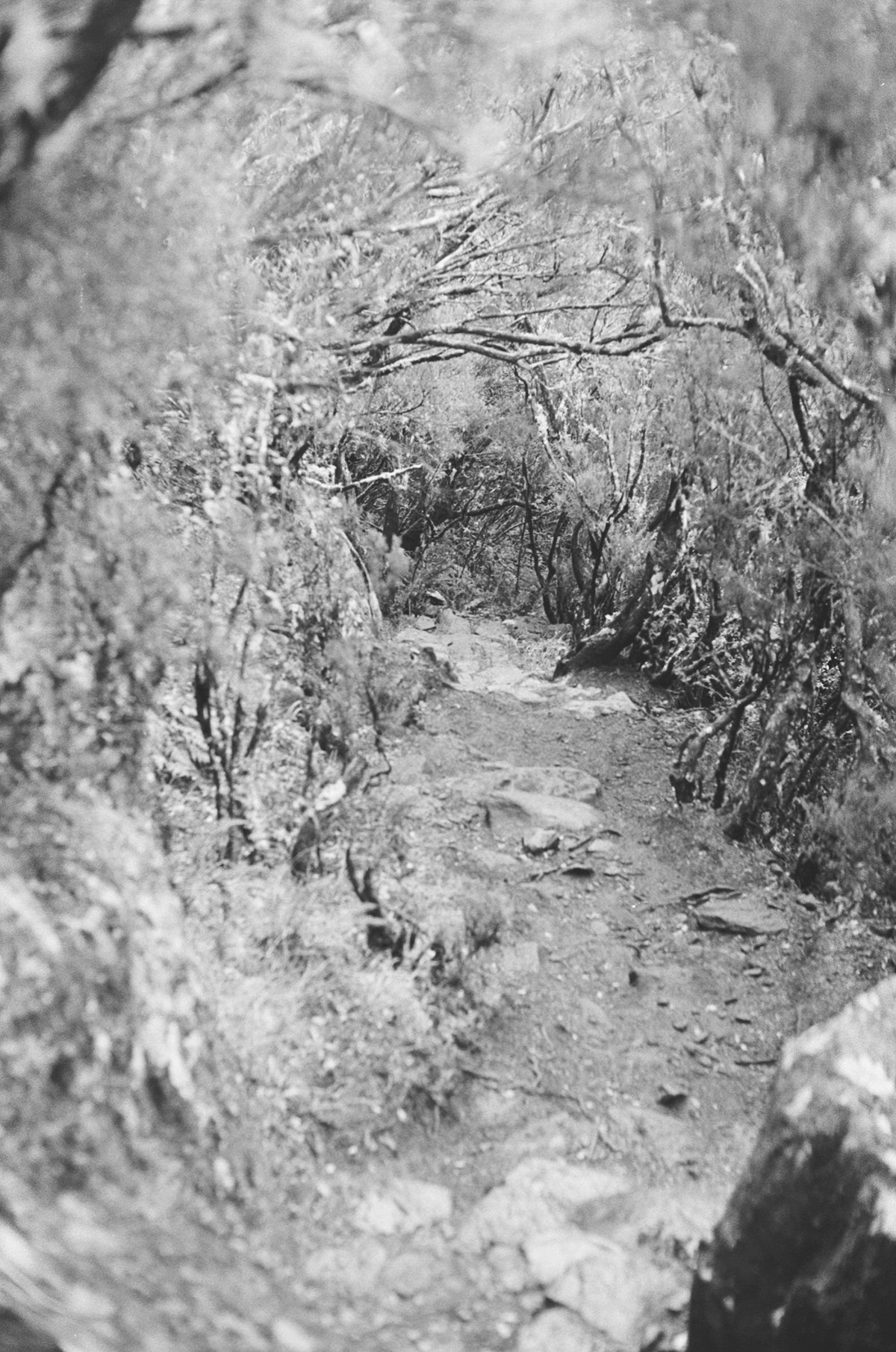Finding the Brain’s Middle Way
The unruly buddha lives a life of self-examination, not to drag himself down, but to think clearly about what it means to really live.

The unruly buddha knows that there is a middle way, a way that carves a path right between the two ways in which our brain sees the world: analytical and experiential.
For most of us, the analytical brain dominates our day. We think about where we’re going and where we’ve been, what we’re going to do next and why and how. We are busy making plans, executing those plans, and then evaluating both the execution and the creation of those plans.
Life is what happens when you’re busy making other plans. — John Lennon
By the time we get through the workday, we’re often ready to turn that analytical brain off and just have an experience, to be here now.
The impulse to escape the constant analysis is not a bad one. It’s necessary. We have systems in our brains that want us to pay attention to this moment. They want us to see and hear and feel and taste and smell all that is around us.
Unfortunately, we haven’t been trained to access those systems. Instead of putting into practice a variety of techniques for being present, we turn to negative habits to have that experience now: food, alcohol, and screens, primarily. These activities allow us to feel something right now, but we often experience the negative impacts later. We wake up the following day bloated or with a hangover, or we have trouble getting to sleep because we’ve spent so much time watching blinking lights on our phones, tablets, and televisions.
We activate the experiential side of our brain, but we do so in a way that will cost us later.
There is a middle way, however, a way that allows us to get in between the analytical brain and the experiential brain, that allows us to have both.
Praxis.
We all have a theory about how to live a good life, how to get the most and best of what’s around, but praxis isn’t just theory; it’s the art of living according to that theory. Praxis is where the rubber actually meets the road. Praxis is practice.
Most of us are used to doing things on autopilot: get up as late as possible, take a shower, get dressed for work, commute while listening to such-and-such radio station, work, go out to lunch, work, hit happy hour with our colleagues, come home, watch TV, get to bed late feeling kinda crappy.
Rinse and repeat.
That used to be my praxis. I used to live that life everyday, but I realized a couple of important things:
- All of the stuff I did after work was about trying to turn my brain off.
- All of those things after work set me up for a bad day the next day.
Turning my brain off and living in a way that will reap negative consequences after a shitty night of sleep does not seem like a great way to go about living.
In order to stop that cycle, I had to make some changes. But those changes had to start with a rigorous self-examination.
The unruly buddha lives a life of self-examination, not to drag himself down, but to think clearly about what it means to really live.
This requires carving a path in between the analytical and the experiential: living in the moment, while also understanding the choices that we make are choices, and I can always make an entirely new set of choices.
Ask yourself:
- What choices do I make in order to turn off my brain’s analytical chatter?
- Do these choices really enhance my experience, making me present and aware of the world around me, or do they numb me out?
- What do I believe to be a good life? What praxis will take me there?